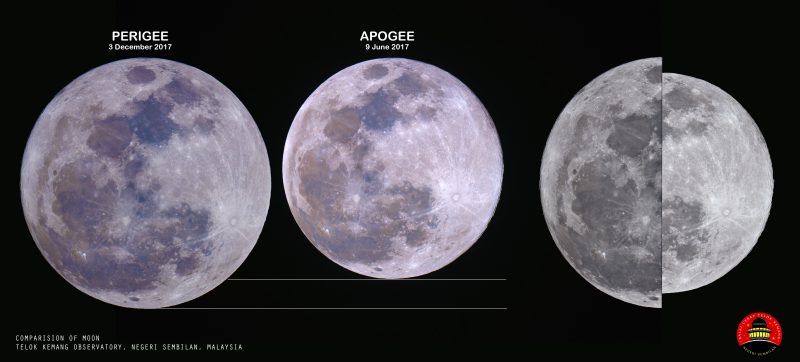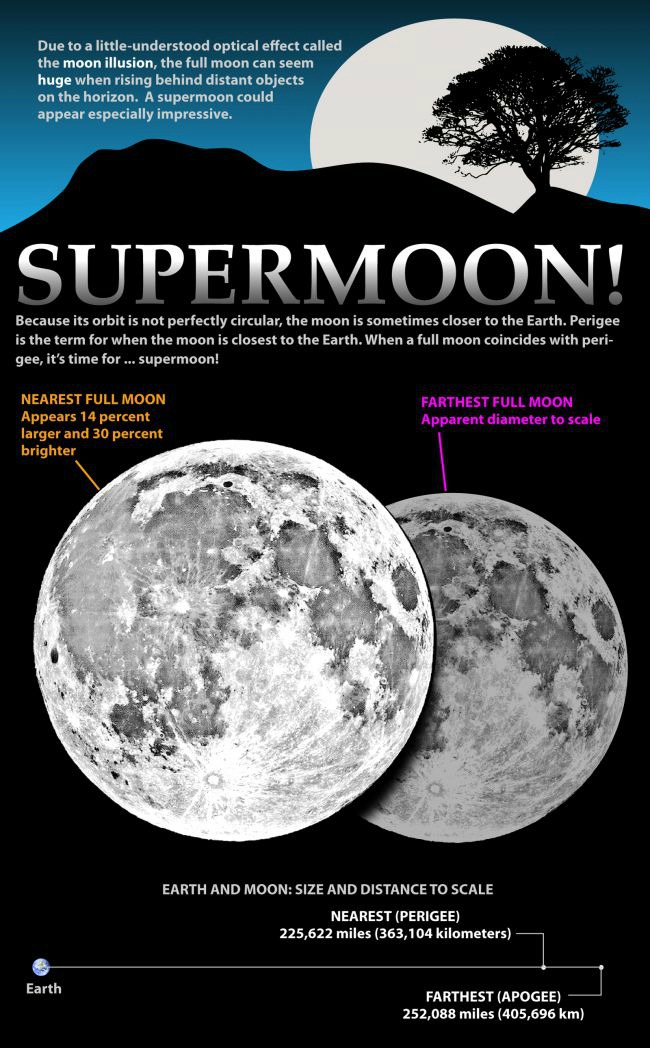
ST. GEORGE — A supermoon that’s set to light up the skies this Tuesday is arriving during a special time of year traditionally referred to by Native Americans as the “snow moon.”
This spectacular combination is expected to give “under the light of the silvery moon” a whole new meaning as the large lunar nightlight dances across the winter sky.
This supermoon is heralded to be the closest, largest and brightest of its kind until 2026 and is the second of three supermoons taking place one after another in 2019.
While the best time for people in Southern Utah to view the spectacle is at 2:53 a.m. MST, the moon will actually be at its brightest at 8:53 a.m. MST, about six hours past the moon’s closest approach, or perigee.
Supermoon formation

When perigee takes place, the moon appears larger and brighter in the sky because the moon’s orbit is not a perfect circle due to gravitational forces from both the sun and the earth, causing the moon’s distance from the earth to vary throughout the year.
The upcoming supermoon will be nestled at a distance of approximately 221,600 miles from the earth. According to EarthSky, this juncture is said to be “100 percent of its closest approach for the year,” which is quite a bit closer than the moon’s average distance of nearly 239,000 miles from the earth.
Snow moon
Tuesday’s supermoon is taking place during a “snow moon,” a term coined by Native Americans for the full moon as it appears in February. According to The Old Farmer’s Almanac, the name reflects the chilly time of year this moon occurs, when there is snow on the ground.
Making Tuesday’s event even more remarkable, just a few hours before the supermoon, the moon’s surface will be 100 percent illuminated by the sun, creating a perfectly full moon.
This combination of the moon being at its closest approach to earth and reaching its greatest illumination from the sun will create an exceptionally bright supermoon as viewed from Earth, according to NASA.
Effects of supermoons

While “supermoon” is not a technical astronomical term, it was first coined by Richard Nolle in 1979 to describe when the moon is within 90 percent of its closest approach to the earth in any given orbit.
“In short, the earth, sun and the moon are all in a line, with the moon at its nearest approach to earth,” Nolle said in a 1979 Horoscope Magazine article.
Nolle has claimed that supermoons can contribute to extreme coastal tides, severe storms, powerful earthquakes and volcanic eruptions. However, according to NASA, although the alignment of the sun and moon causes a small increase in tectonic activity, the effects of a supermoon on earth are minor. Many studies conducted over the years have failed to show any significant connection between a supermoon and natural disasters.
The third and final supermoon of the year will take place during the “Worm Moon,” reaching its full phase on March 20 at 7:43 p.m. MST.
Email: [email protected]
Twitter: @STGnews
Copyright St. George News, SaintGeorgeUtah.com LLC, 2019, all rights reserved.